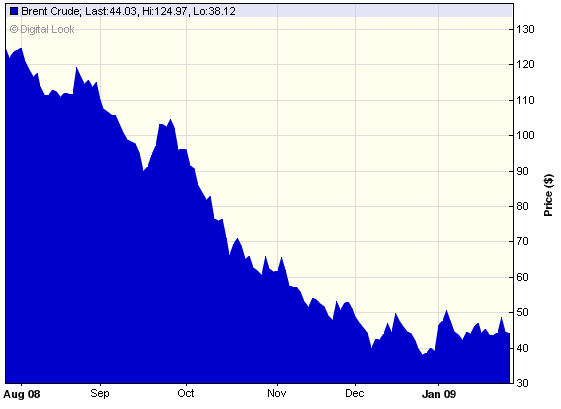-
Flush hour: Oslo to run buses powered by biomethane from human sewage | Environment | guardian.co.uk
Free, friendly and non-fossil – biomethane from human waste will soon power public transport in the capital city
-
NASA Mission to Help Unravel Key Carbon, Climate Mysteries
NASA’s first spacecraft dedicated to studying atmospheric carbon dioxide is in final preparations for a Feb. 23 launch from Vandenberg Air Force Base in California. Carbon dioxide is the leading human-produced greenhouse gas driving changes in Earth’s climate.
-
Report: Some climate damage already irreversible
Many damaging effects of climate change are already basically irreversible, researchers declared Monday, warning that even if carbon emissions can somehow be halted temperatures around the globe will remain high until at least the year 3000.
-
Heating from carbon dioxide will increase five-fold over next millennia
Scientists at the University of Liverpool have found that heating from carbon dioxide will increase five-fold over the next millennia
Posted from Diigo. The rest of my favorite links are here.


